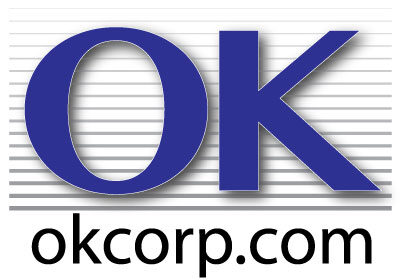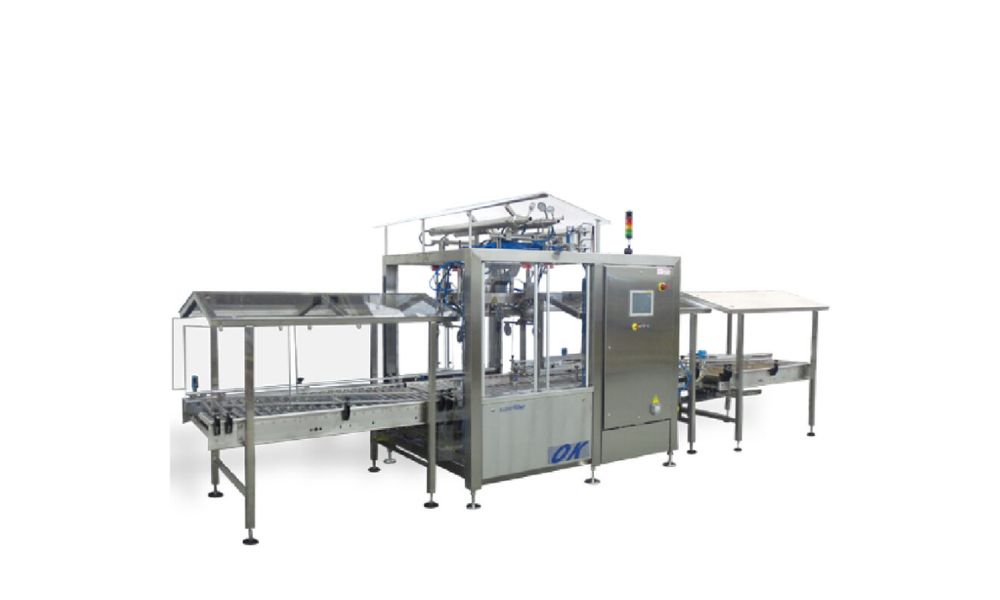Countless companies have turned their attention to automation as a means of bolstering efficiency and productivity in the face of a persistent labor shortage. However, acknowledging that this solution does not come without its fair share of challenges and considerations is essential. However, one burning question remains: Is automation the solution to the labor crisis?
Benefit – Increased Productivity
Companies can optimize their operations by implementing automation, significantly increasing their output and meeting market demand more efficiently than ever before. This improved efficiency allows businesses to streamline their processes, eliminate manual tasks, and reduce human errors. Automation also enables companies to allocate their resources more effectively, freeing up employees’ time to focus on high-value tasks that require critical thinking and creativity. With automation in place, companies can achieve higher productivity levels, stay competitive in the market, and drive overall growth and success.
Benefit – Cost Savings
Automation’s ability to generate significant cost savings over the long run is one of its most compelling advantages. Companies can streamline their operations, optimize productivity, and minimize labor costs by replacing certain manual tasks with efficient automated processes.
Such automation frees up valuable resources and enables businesses to allocate their budgets toward other critical areas of growth and development. Organizations can achieve sustainable cost reduction while maintaining a high level of efficiency and competitiveness in today’s dynamic market with automation. However, these cost savings are not automatic—your business may save money in the short term but lose out in the long run if you mismanage your automated processes.
Drawback – Maintenance
Maintenance is a critical aspect when it comes to automated equipment. Just like any complex machinery, regular maintenance, and occasional repairs are necessary to ensure optimal performance. While these ongoing maintenance activities may require some financial investment, they are crucial for avoiding potential breakdowns and maximizing the equipment’s lifespan. Taking proactive measures in maintaining automated machinery can lead to long-term cost savings and uninterrupted operations.
Drawback – Job Losses
The potential displacement of human workers, which can result in job losses, is one of the most significant drawbacks of automation. This risk of job losses can create concerns among labor unions and communities, as it raises questions about the future of employment and livelihoods. The fear of automation replacing human labor can lead to potential backlash and calls for measures to protect workers and ensure a just transition in the face of technological advancements.
Is automation the solution to the labor crisis? While it undeniably offers a multitude of potential benefits, we must recognize that automation is not a one-size-fits-all solution. Companies must carefully evaluate their specific needs, and packaging is one clear and effective avenue for automation you can capitalize on. OK Corp has numerous automated packaging equipment you can take advantage of to optimize some of your business’s workflows. Check us out at one of our upcoming trade shows to see our work in action!

